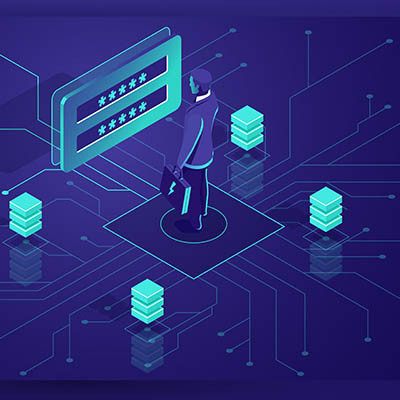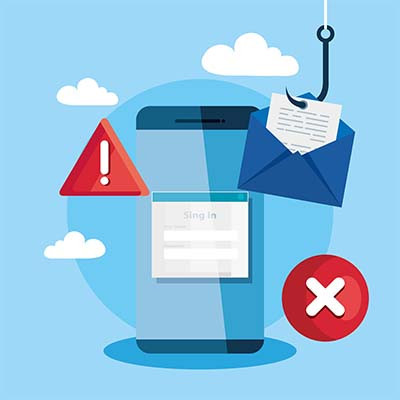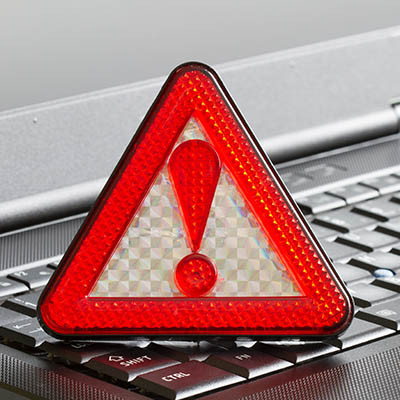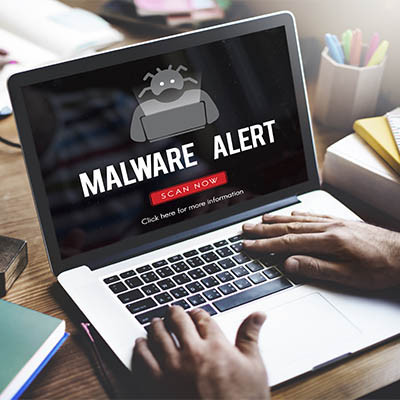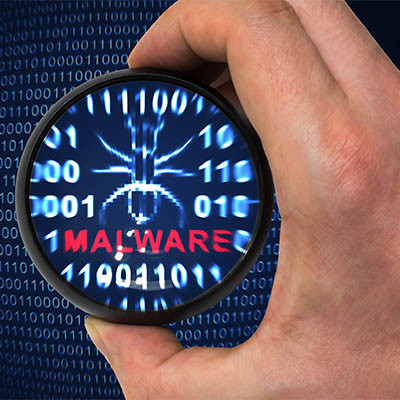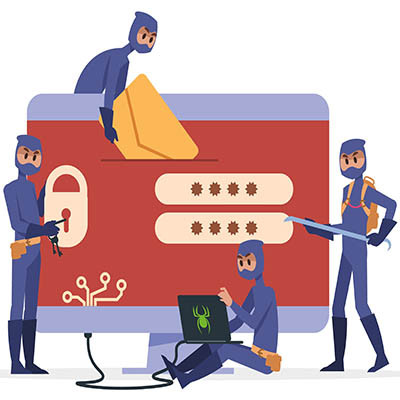Ferrum Technology Services Blog
Phishing scams are a topic we frequently discuss on this blog. In their simplest form, they are emails or messages sent that are designed to steal from you or gain access to computers or networks. One such scam uses the moniker of the popular IT support company Geek Squad, a subsidiary of Best Buy, to steal from its victims. Here’s how you can avoid falling for these tricks.
A data breach is no joke, and it can take many forms. Whether it’s a case of confidential data being viewed, copied, stolen, or destroyed, a data breach cannot be ignored. Let’s take a look at some of the various causes of business data breaches and what you can do to prevent them from sinking your organization.
Phishing messages are one of the scarier threats out there, especially when you consider that they force you to be on edge about most messages you receive, regardless of how sound they might appear to be. Thankfully, there are various telltale signs that you can look for when analyzing the messages you receive on a daily basis that can clue you in on some of the more suspicious phishing messages.
There are all kinds of threats out there that can make things difficult for your business, but one of the biggest threats from this past year was ransomware. Ransomware encrypts data on the victim’s device so that it is inaccessible without the decryption key. Hackers have been successful with these extortion methods, as well as many others, yet ransomware continues to be a serious source of anxiety for businesses of all sizes and industries.
While considering cybercrime, it’s very easy to slip into a dichotomy: hackers are bad, while not-hackers are good. Like most things in life, however, the truth is that there is a spectrum to cybercrime. Let’s take a few moments to consider a few different types of hackers, and the hats that their roles determine they wear.
It’s the holiday season, and with it comes a multitude of hackers trying to cash in on everyone’s online purchases. These phishing scams always increase when the holiday season comes around, so it’s best to stay vigilant so that you don’t give yourself the gift of sadness this year. One such threat is already here, and it’s voice spoofing of Amazon orders.
There are many different types of hacking attacks, but those targeting your computer can either be incredibly intrusive or so low-profile that you don’t even know you’ve been infected until it’s too late to do anything about it. Let’s discuss some of the telltale signs of a hack and what you should look for to prevent or identify them.
Hackers are a crafty bunch. They will use any and all means to infiltrate businesses, including some that are downright shameful. One of the most devastating ways that hackers make these attempts is through the use of phishing attacks, or attacks where they essentially trick users to click on links in emails or hand over confidential information.
This past May, Ireland’s Health Service Executive—the organization responsible for providing healthcare and social services to the country’s residents—was successfully targeted by a major ransomware attack. Unfortunately, we are still talking about it now because the entire situation has forced us to acknowledge the aftereffects of such an event.
Disasters are not something relegated to specific locations or industries. All organizations are susceptible to a data loss disaster or two, no matter which category they fall under. As a business owner, it should be your prerogative to protect your company from the various disasters that could create downtime, destroy data, and disrupt operations.
Once again, ransomware strikes, this time targeting the world’s largest meat processor and distributor, JBS S.A. This disruptive cyberattack forced the company to suspend operations in both North America and Australia, a move which had devastating consequences to the supply chain. What can we learn from this situation?
Hackers are always taking advantage of others’ misfortunes, and they have even gone so far as to leverage the COVID-19 pandemic in efforts to launch phishing attacks. How have hackers utilized this worldwide disaster to their benefit, and what can we do to keep our organizations secure in this troubling time? Let’s find out.
Anyone who uses a computer regularly knows that software can be finicky. Developers continuously update their software to account for changes in security threats and to add new features. For the small business, integrating and developing software can be useful, but it can also be one of the most problematic issues you can face; and, oftentimes it can often go under the radar. Let’s look at a few ways that old software bugs can cause problems for your business.
For many businesses, email plays a crucial role in the dissemination of information. Whether it is simply interacting with clients or pushing directions to individuals, email is a simple and efficient way to communicate. One problem that organizations are running into is that individuals are being inundated with social engineering messages called phishing. This strategy is causing major operational problems for businesses, from malware to data breaches to extended downtime. Let’s identify what exactly phishing is and how it is used to the detriment of many businesses and other organizations.
We will never pass up the opportunity to draw attention to the importance of cybersecurity awareness, as it is a crucial element for any business to consider. One serious issue that has caused significant stress amongst businesses is phishing. Let’s consider some recent statistics to evaluate where we stand right now, specifically in terms of the prevalence of phishing attacks.
Cyberattacks have been carried out by nations for decades, but for whatever reason, our minds still build the hoodie-wearing cyberpunk sitting at a laptop in a dimly-lit room. This often isn’t the case. Today, we thought we would shine a light on state-sponsored hacking, starting with the attack carried out recently against the U.S.-based cybersecurity company FireEye.
During the COVID-19 pandemic there have been quite a few different types of scams. At first, most of the scams centered around economic relief money that was doled out to people to help prop up the fledgling economy. More recently however, scammers have focused on vaccines. Today, we will take a closer look at some of these scams, as they are growing in sophistication.


